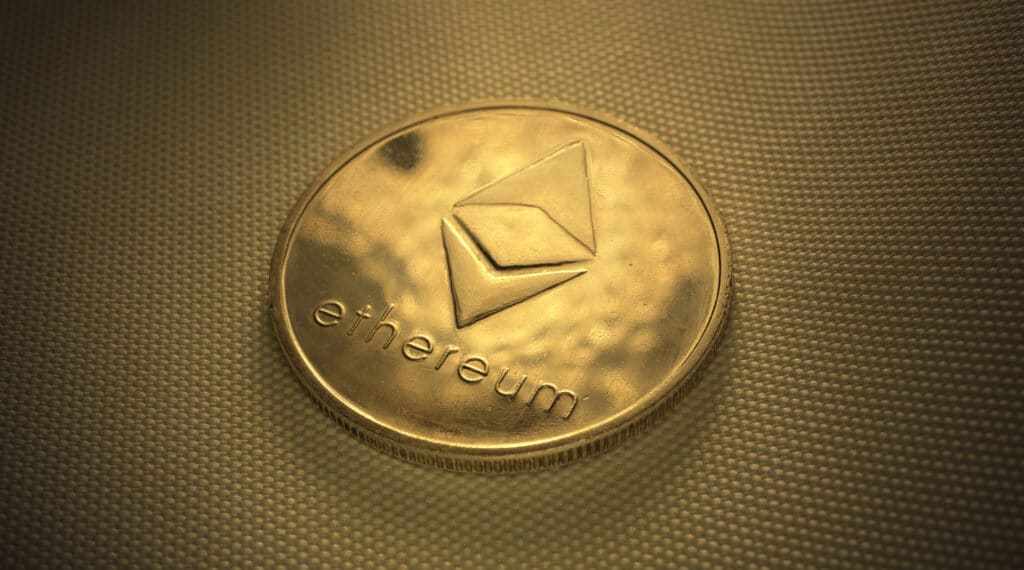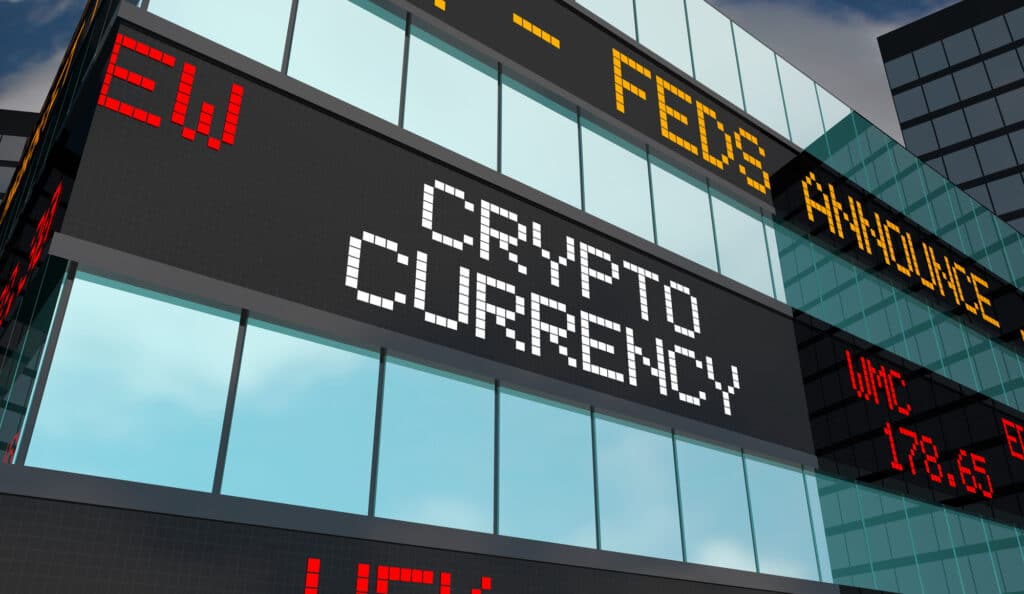If you’re familiar with the blockchain, you’ll know that Ethereum is an open-source blockchain that powers its primary cryptocurrency, Ether. This blockchain software platform contains numerous decentralized apps (DApps), through which users can send and receive Ether globally.
DApps are viewed as smart contracts that carry specific functions to process an Ethereum-based transaction. These transactions are processed with predetermined conditions that ensure they proceed further. Hence, these smart contracts are responsible for canceling, reversing, or modifying transactions.
Let us explain how the Ethereum blockchain works and how one can cancel or reverse a transaction.

An Insight into Ethereum Transactions
As mentioned earlier, Ethereum transactions get processed and function through smart contracts. Ethereum transactions are of two types: contract deployment and regular contracts. The former are those transactions where there's nobody at the receiving end, while regular transactions are standard transactions where a sender sends a certain amount of ETH to a receiver.
It’s essential for the sender to provide proof of identification, ideally a signature through their private wallet key that authorizes the ETH amount sent. The transaction proceeds further and carries information such as the receiver’s address, the ETH amount, transaction fee details, and arbitrary data regarding the transaction.
For the Ethereum transaction to proceed further, it must be mined. Miners only verify those transactions that seem legit. They do so by solving a mathematical puzzle that approves that transaction. Ethereum transactions include proof-of-work (PoW) that maintains its security and protects it from cybercriminals.
Lifecycle of Ethereum Transactions
An Ethereum transaction goes through many phases until it officially becomes verified as an official transaction and sits in a block to pass through. Let’s explore what happens in each stage.
Unknown
The unknown state is the first stage of Ethereum transactions. The network doesn’t recognize it as a transaction yet. Hence, it sits in an unknown state for a while.
Pending
The pending state is where the transaction is waiting to be mined by miners. This is also called a pooling process or “mempool.” Ethereum transactions have to stay in the mempool until a miner sees it as an adequate transaction to process. The higher the ETH amount, the sooner miners pick it up. You should know if your transaction has a lower gas price, a miner might never pick it up.
In Block
The transaction enters the in-block state when a miner successfully mines the transaction and passes it on to the block. The transaction sitting in the block is also called a mined transaction. However, if the network considers the transaction forked, it might send it back to the pending state. When this kind of reversal happens, the transaction is termed “forked.”
Reversal
Reversal mostly happens when the same sender makes a transaction with a much higher gas price than the last. If the gas price is 12% more than the original transaction, the network will automatically reverse the initial transaction and proceed with the new one. Another reason a reversal might take place is when a new nonce is entered in the block by the same sender. Nonce stands for “number only used once” and refers to the number of verified transactions.

Canceling Ethereum Transactions
Ethereum users will be glad to know they can cancel their transactions if they change their minds regarding processing them further. Also, users often experience their transactions stuck in the mempool, given the low gas price. Hence, they might cancel the original and initiate a new one with a higher gas price.
Users should be aware that they can only cancel or reverse a transaction if it’s still in the pending phase. Once the transaction goes through, it’s impossible to reverse it. So, if you want to cancel your transaction, visit the block and see if it still says pending. If so, you can proceed with trying to cancel it.
You can cancel an Ethereum transaction in two ways: in-application cancelation and setting a custom nonce. The in-application cancelation works relatively quickly since all you have to do is exit the wallet app, close your browser, reopen it, and log in again. These steps should do the trick of canceling your Ethereum transaction. If this method doesn't work, try the other one.
The other method involves setting up a custom nonce. You’ll have to generate a 0 ETH transaction containing a high gas price when you do that. You can then send the transaction to your address to prevent your initial transaction from passing through. However, please ensure that you know your original nonce from the first transaction to make your second transaction.
Can Ethereum Transactions be Reversed?
Ethereum transactions can only be reversed if they're pending. If a transaction hasn't been mined, stuck in the mempool, users can reverse it and make a transaction with a higher gas value. However, if the transaction says "sent," you can't reverse or cancel the transaction.
The Ethereum blockchain is constructed to be immutable, meaning no one can reverse the blocks once a transaction is reserved. So, if you've mistakenly sent some ETH to the wrong address or want to upgrade the transaction, you'll have to act quickly before the transaction becomes successful in passing through.
As a frequent Ethereum user, you’ll be glad to know that blockchains have started developing mechanisms that help users make the reversal process seamless. Reversing a transaction while it’s still stuck isn’t as complicated as it may seem. Luckily, it’ll be easier to do so with the newly developed blockchain mechanisms.
Conclusion
If you want your transaction to pass through quicker, the best way to do that is to add more gas to it. Miners only verify transactions that have a much higher gas value. Also, to ensure your transaction gets mined quicker, you’ll have to pay a transaction fee.
Think of it as an incentive you have to pay, so your transaction gets picked up to go to the next stage of the transaction lifecycle. We recommend you don't reverse your transactions much as they might cause some confusion on the network. However, you can be at ease knowing that reversing or canceling your transactions is are an option.
The post How to Modify or Cancel a Pending Ethereum Transaction appeared first on Fat Pig Signals.
https://ift.tt/HGgCSoc

Nenhum comentário:
Postar um comentário